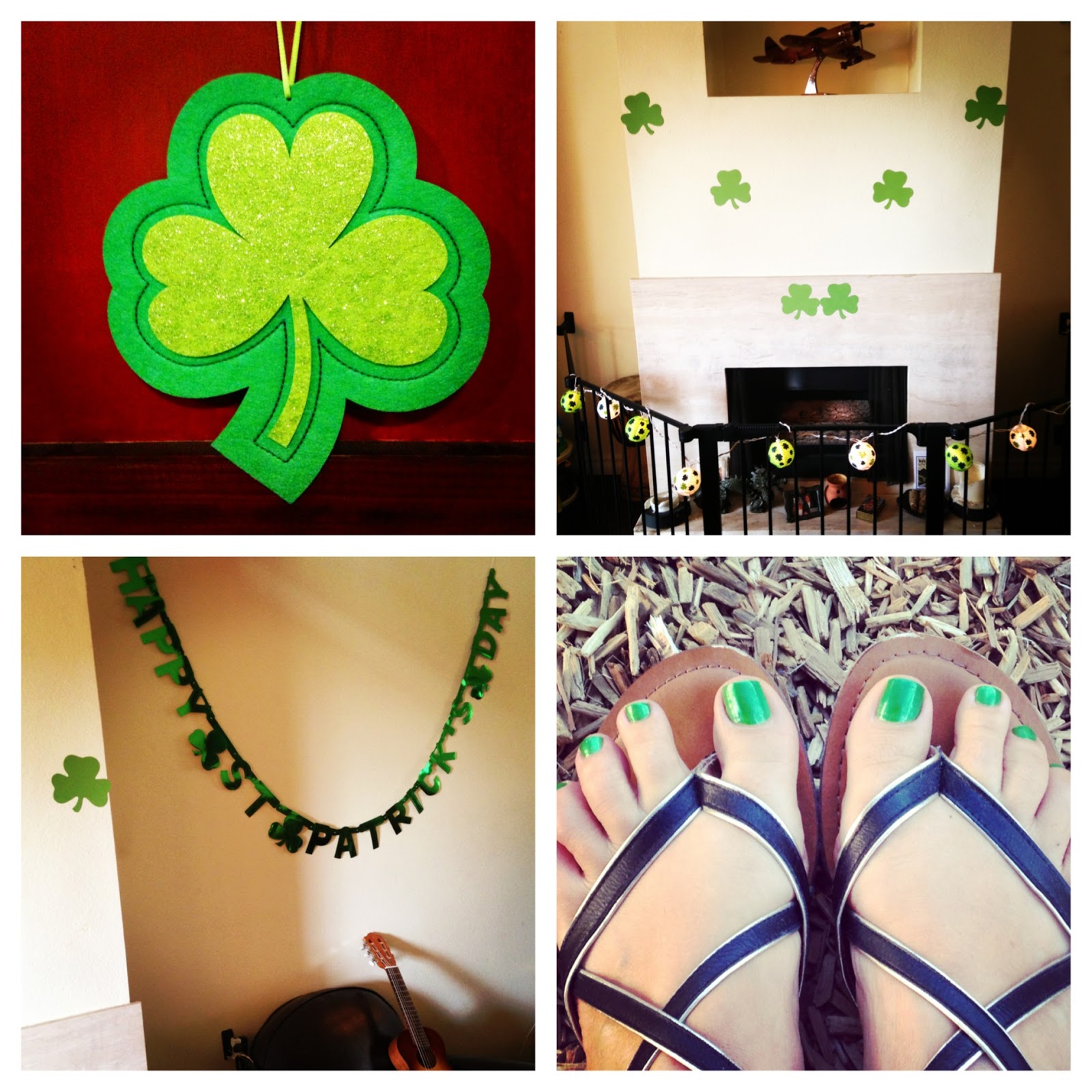When our son turned six months old, after being exclusively breast-fed, I was ready to take him on a food discovery journey. So I started to prepare those delicious purées of fruits, vegetables and legumes. When he was a little older, I then added fish, meat, poultry and offal.
I was on a mission! I wanted to purée everything from the wide array of organic produce, at my local Whole Foods Market! I puréed anything from sweet potato, broccoli and salmon, to Belgian endive, turnip and chicken liver. I was determined and luckily, baby was a great eater! He still is, although since we transitioned to table food, it has been a little more challenging at times, which I know is normal. But he still has a great appetite.
So last Christmas, when we decided to go and spend five weeks at my mum and dad's home in Bordeaux, France. I was super excited! How fun was that going to be? Baby was going to try new foods... French foods!
Cheese of course! My favorite food! French supermarkets have a plethora of cheeses. Mozzarella (string cheese) is a bit bland and even though I also buy other cheeses here in America, what better place than France to introduce him to new and exciting ones!
Our son tried goat and sheep cheese for the first time and he loved it! He got to eat a lot of it during our stay.
There is also an abundance of delicious desserts and yogurts in the dairy aisle, there. Some of my favorites are:
les Oeufs au lait with or without caramel topping (a bit similar to the Spanish flan, that you may know).
La semoule au lait (semolina pudding). The semolina used for this pudding, is a very fine version of the one used over here to make couscous, not to be confused with semolina flour. Here is a photo of my own semolina pudding that I make regularly at home, which is delicious and nutritious for babies and adults alike!
Petits pots de crème (little pots of cream), which has a lot of cream, hence the name, therefore delicious! Here is an appetizing photo of this dessert, that I found on the web.
 |
| Source Yummy! |
And let's not forget the delicious mousses that you can find there, like mousse au chocolat (chocolate mousse), mousse au café (coffee mousse), mousse au caramel (caramel mousse) and many more.
Our son really enjoyed some of those desserts!
Right away, baby took a liking to French baguette. Who would not like this delicious bread with a crispy crust and a light, chewy interior? In France, babies are actually introduced to bread at a very early age. When they start teething, parents give them a trognon de pain (the heel of the bread loaf) which soothes their sore gums and provides them some relief.
I do not like to give our son snacks -- you may have heard it before, most French do not snack! -- but we like to give him a fourth "meal", between lunch and dinner. In France, it is called the goûter or the quatre heures (four o'clock), taken usually around four in the afternoon, hence the name. Children get a delicious sweet treat, just enough to satisfy hunger or a craving, but not enough to spoil the appetite for dinner. A popular goûter in France is a piece of bread spread with nutella, which is France's equivalent to peanut butter. A more traditional goûter is squares of chocolate on a buttered piece of baguette, a tartine (open sandwich) with butter and jam, croissant or pain au chocolat (chocolate croissant), often accompanied by a glass of milk. A goûter on the go can be a few biscuits like Choco BN or Lu.
The goûter is totally part of the French culture and it is natural for me to give one to our child.
 |
| Source |
Oh my!
 |
| Source |
 |
| Source |
During our stay, baby became fan of a couple of French pastries: The madeleines and the biscuits à la cuillère (ladyfingers), which are softer and a little wider than the harder-in-texture kind that we can find here. They should be light and airy. I found this interesting short paragraph for you.
"Initially, the shape of the biscuit was round. What gave the biscuit its name? La cuillère, the spoon, used to place amounts of dough on the baking sheet. Starting around the 19th century, the shape changed to become long rather than round. A spoon would no longer be used but a decorative bag instead, which explains the new shape of the biscuit. Who created them? Antonin Carême. What are they? What we can describe as small finger-shaped sponge cakes."So I brought back two shoe boxes full of madeleines and biscuits à la cuillère for our son. The store-bought kind that has a few month shelf life. Well, they were all gone within about two months! What was I going to do? I had to try to make them myself... the biscuits à la cuillère that is. I will let you know about madeleine baking some other time.
I found this wonderful recipe that I used and they turned out great!
Do try this recipe. It is simple, great for the calorie conscious and the biscuits are delicious. I like them with a nice cuppa tea! They are virtually fat free and since they are so light, you would have to eat a lot of them to damage your diet (for those of you who watch their weight). I know I do...
Have a great week!
Alexandra










